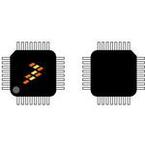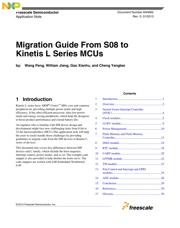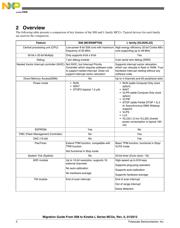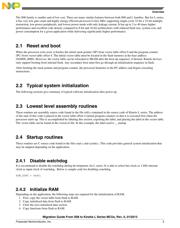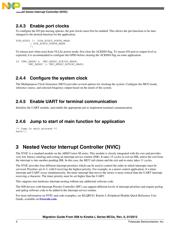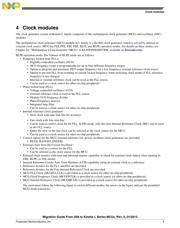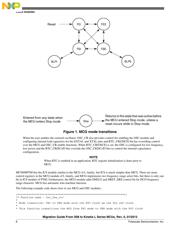下载

1 Introduction
Kinetis L series have ARM
®
Cortex
™
-M0+ core and common
peripheral set, providing multiple power mode and high
efficiency. It has ultra-efficient processor, ultra low-power
mode and energy-saving peripherals, which help the designers
to boost product performance and extend battery life.
An engineer who is familiar with S08 device design and
development might face new challenging tasks from 8-bit to
32-bit microcontrollers (MCU).This application note will help
the users to easily handle those challenges by providing
guidelines to migrate code from the S08 devices to Kinetis L
series of devices.
This document also covers key differences between S08
devices and L family, which include the boot sequence,
interrupt control, power modes, and so on. The example code
snippet is also provided to help shorten the learn curve. The
code snippets are written with IAR Embedded Workbench
6.40.
Freescale Semiconductor
Document Number:AN4662
Application Note
Rev. 0, 01/2013
Migration Guide From S08 to
Kinetis L Series MCUs
by:
Wang Peng, William Jiang, Gao Xianhu, and Cheng Yangtao
© 2013 Freescale Semiconductor, Inc.
Contents
1 Introduction............................................................1
2 Overview................................................................2
3 Nested Vector Interrupt Controller
(NVIC).....................................................................4
4 Clock modules.........................................................5
5 LLWU module........................................................9
6 Power Management...............................................10
7 Flash Memory and Flash Memory
Controller..............................................................13
8 DMA module........................................................16
9 RTC module.........................................................18
10 UART module......................................................20
11 LPTMR module....................................................22
12 TSI module...........................................................23
13 Port Control and Interrupt and GPIO
modules.................................................................24
14 ADC module.........................................................26
15 Conclusion.............................................................29
16 References.............................................................29
17 Glossary.................................................................30

